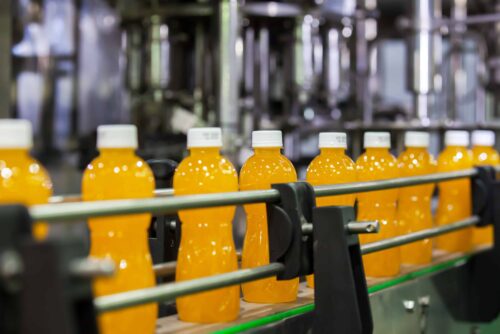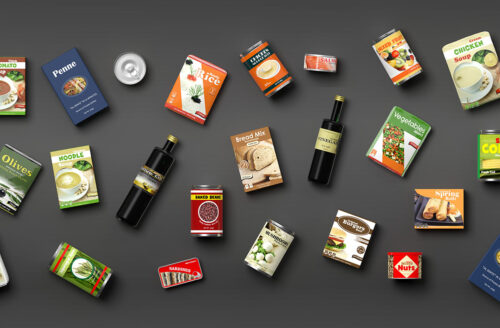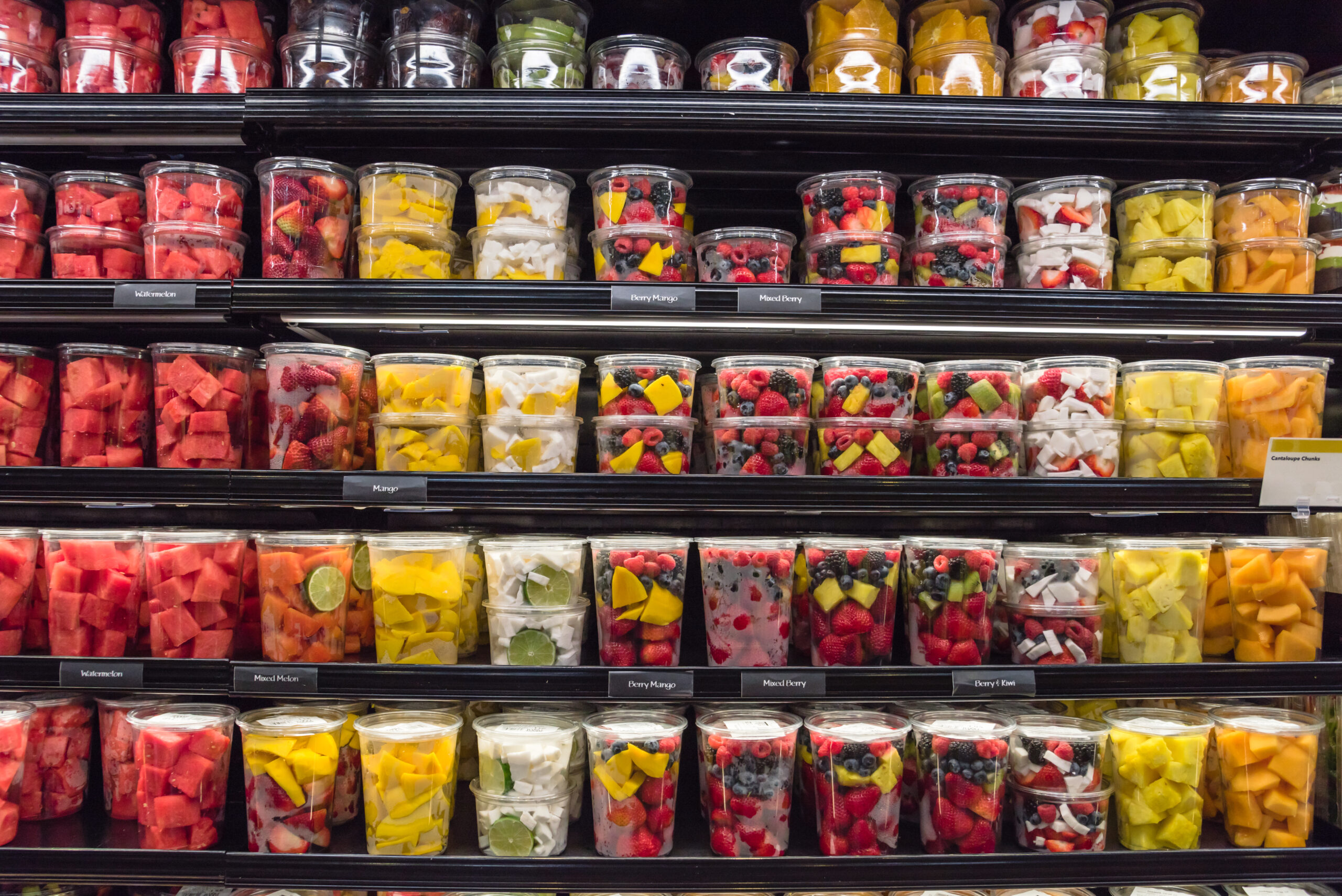Making it easier to keep the food supply chain safe and transparent

Your Link to a Safer, Compliant, Transparent Supply Chain
We provide technology-enabled solutions and expertise to over 30,000 customers across the world.
- Regulatory Compliance
- Food Safety and Product Certifications
- Product Development
- Testing Solutions
- Consulting & Training
Tools and Databases
FoodChain ID brings together the best Tech companies in the field of compliant product development in one place: Decernis, Hamilton Grant, Lexagri, Nutraveris, Viaware, Verdant
Browse our tools
Certification
From GFSI food safety certifications to product labels that consumers demand, we understand the food industry and offer unmatched service.
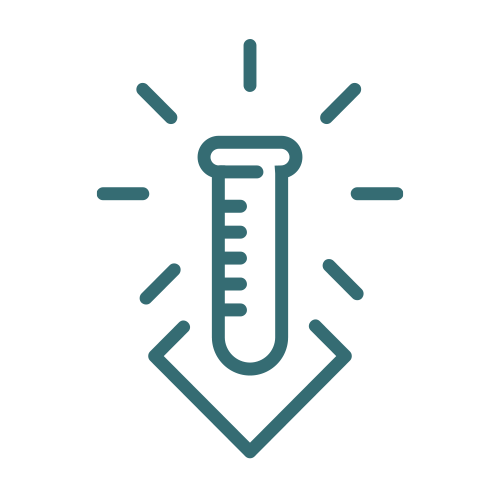
Testing
Our laboratories make it easy to navigate the complex global regulatory landscape, facilitating compliance to fulfill market demands.

Consulting Services
We deliver high-level subject matter expertise for regulatory and scientific consulting based on your business needs, budget and timelines.

Novel Food Application
Pre-market authorisation of novel foods for EU market

Clinical Study Protocol
Clinical study protocol design aiming to substantiate Health claim or Novel Food authorizations

Food Additives
Evaluation of the regulatory status of food additives within the European Union (regulations 1333/2008).

Formulation
Theoretical formulations with appropriate efficacy, safety dosages and ingredients that may allow the use of health claims.

Health Claims
We help you understand what you can say about your product and the relationship between ingredients and health benefits.

Quality
Ensure the quality of your products and protect your brand
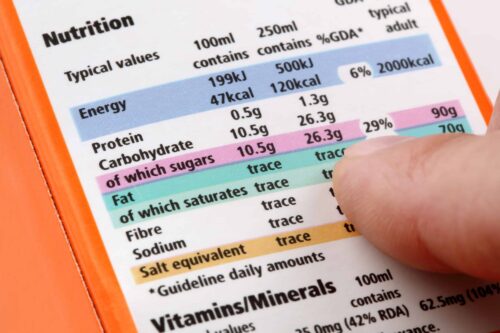
Regulatory Compliance Audit and Notification
Formula analysis, labeling compliance and notification for your product

Scientific Review / Medical Writing
Efficacy & Safety Literature Review

Scientific and Regulatory Training in Nutrition and Health
Personalized training sessions for Supplements regulation

Toxicology and Product Safety Services

Expertise as a Service
Independent industry expertise when you need it

Food Fraud Consulting
Technology + Experts To Save Time and Reduce Risk
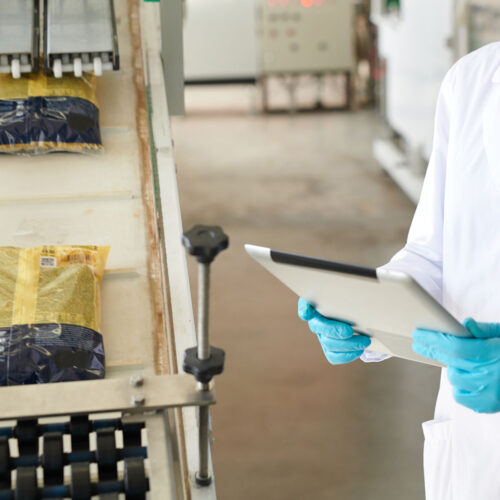
Team Training
Cost effective and practical group staff training to suit all areas of the food industry.
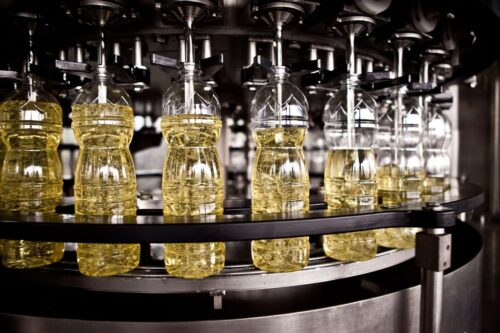
HACCP Training
Online HACCP training : reduce the risk of safety hazards in food

FoodChain ID Academy
Training courses taught by experts in food safety, risk assessment and sustainability Virtual Live E-Learning Team Training carried out virtually or at a location of your choice.




